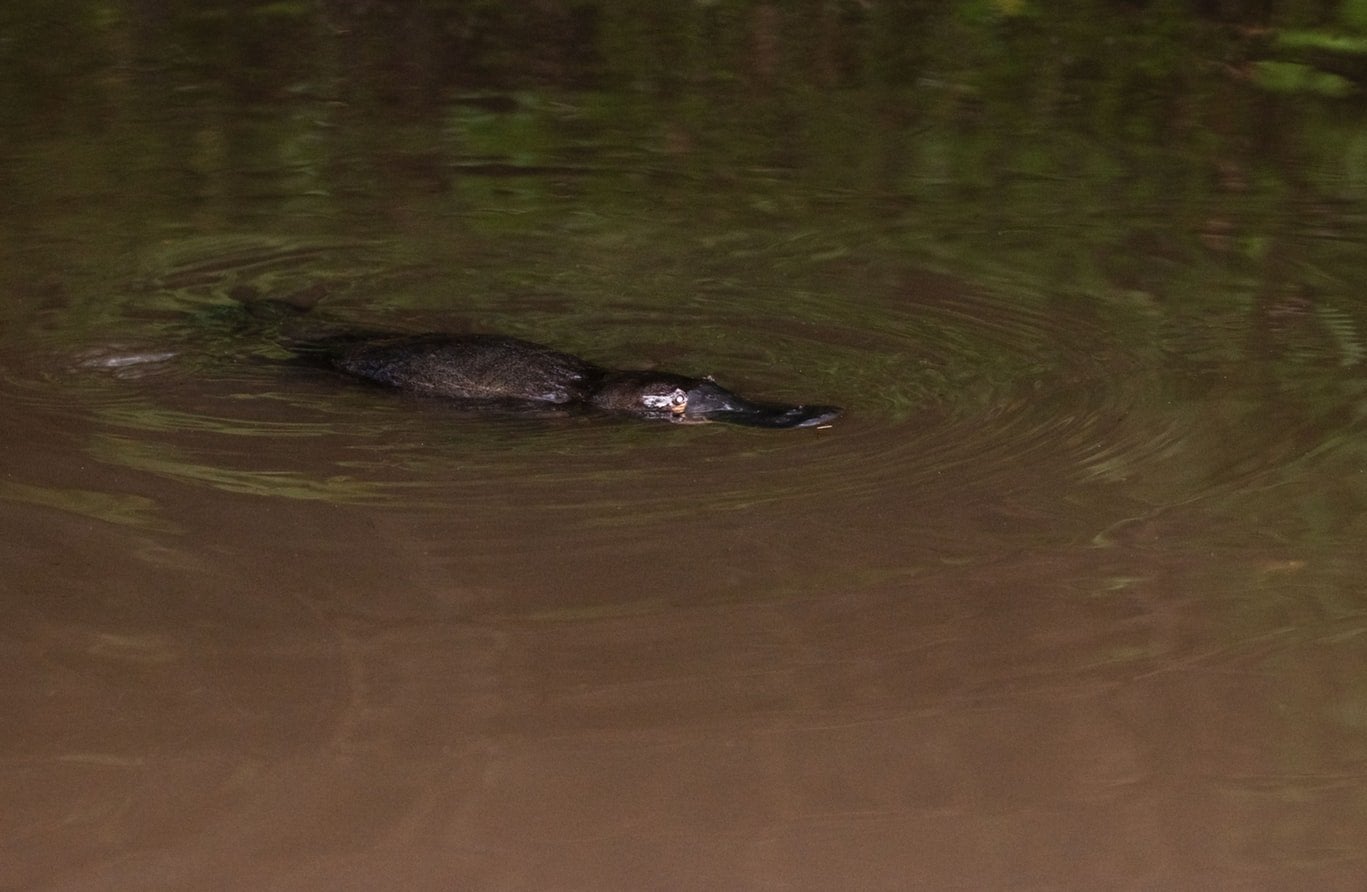For years, Australia has been facing constant episodes of drought throughout the country. According to the University of Melbourne, “New records show that parts of Northern Australia are wetter than ever before, and major droughts of the late 20th and early 21st centuries in southern Australia are likely without precedent over the past 400 years.” It is evident that climate change has been a contributing factor for their most recent bushfire outbreaks. PV Magazine explains, “The carbon footprint is equivalent to the total emissions of Russia, which is ranked the fifth biggest CO2 emitter globally, and behind only India, the European Union, the USA and China.”
From natural causes such as dry lighting to possible arsonist cases, Australia is struggling to tame the worst bushfire disasters in their history. Vox explains, “At least 24 people killed. More than 15.6 million acres torched. Over 1,400 homes destroyed. And, according to one biodiversity expert’s count, an estimated 1 billion animals killed.” These dry spells have put a devastating blow on agriculture, the economy, and hundreds of thousands of unique species, including the famed platypus.
The duck-billed platypus was discovered back in 1799, and it took scientists decades to figure out what exactly the species was. “The platypus (Ornithorhynchus anatinus) has a puzzling array of features. Not only does it have that iconic duckbill, it lays eggs like a bird or reptile but feeds milk to its young like a mammal.” The Natural History Museum even states that males just so happen to have venomous spurs on their hind feet. Even today, you would question whether this animal was real or a hoax, and 19th Century Europe even thought the animal was comprised of different species sewn together.
European colonization, hunting, habitat loss, and pollution in the past have dwindled the numbers of playtpus living in Australia. According to ABC News, “Scientists at the University of NSW (New South Wales) said the number of platypuses in Australia has dropped by a third in the past 200 years.” Australia’s current wildlife crisis has put even further pressure on the species and is pushing it towards extinction. Aljazeera shares shocking statistics on playtpus numbers falling to 47-66 percent over the next 50 years. To put the wildfires into a bigger perspective, they have burned an equivalent size of the state of Indiana. NBC states,“32,4000 square miles…That’s 5,000 square miles (an area about the size of Connecticut), more than the area of land that burned during 2019’s devastating Amazon rainforest fires and 80 times larger than the total area burned in the 2019 California wildfires.”
Australia is trying to tame the flames with the help of thousands of firefighters and the military. Hundreds of aircrafts techniques have been critical, but the increase in temperatures is fighting back. The government not only needs to implement new tactics on rescuing wildlife and citizens but also by preparing the country for dryer years in the near future.



